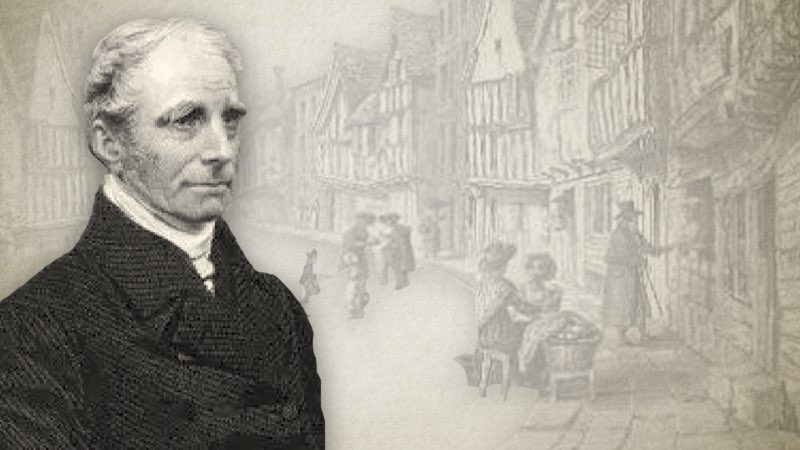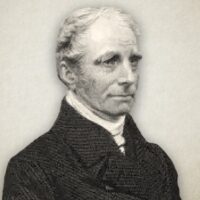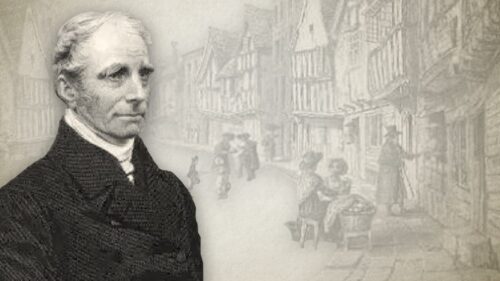
126 Westminster Assembly
WESTMINSTER ASSEMBLY
A name given to the synod of divines called by parliament in the reign of Charles I. for the purpose of settling the government, liturgy, and doctrine of the church of England. They were confined in their debates to such things as the parliament proposed. Some counties had two members, and some but one. And because they would seem impartial, and give each party the liberty to speak, they chose many of the most learned episcopal divines; but few of them came, because it was not a legal convocation, the king having declared against it. The divines were men of emiment learning and godliness, ministerial abilities, and fidelity. Many lords and commons were joined with them, to see that they did not go beyond their commission. Six or seven Independents were also added to them, that all sides might be heard. This assembly first met, July 1, 1643, in Henry the Seventh’s Chapel. The most remarkable hints concerning their debates are to be found in the Life of Dr. Lightfoot, before his works, in folio, and in the Preface to his Remains, in octavo.
Charles Buck (1771-1815) was an English Independent minister, best known for the publication of his “Theological Dictionary”. According to the “Dictionary of National Biography”, a Particular Baptist minister named John C. Ryland (1723-1792) assisted Buck by writing many of the articles for the aforementioned publication. One may conclude, based not only Buck’s admiration for his friend Ryland, but also on the entries in his Theological Dictionary, that he stood head and shoulders with the High-Calvinists of his day.
Charles Buck on the Biblical Covenants (Complete)
Charles Buck's Theological Dictionary




